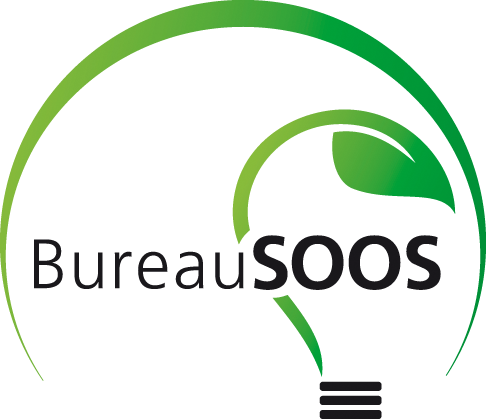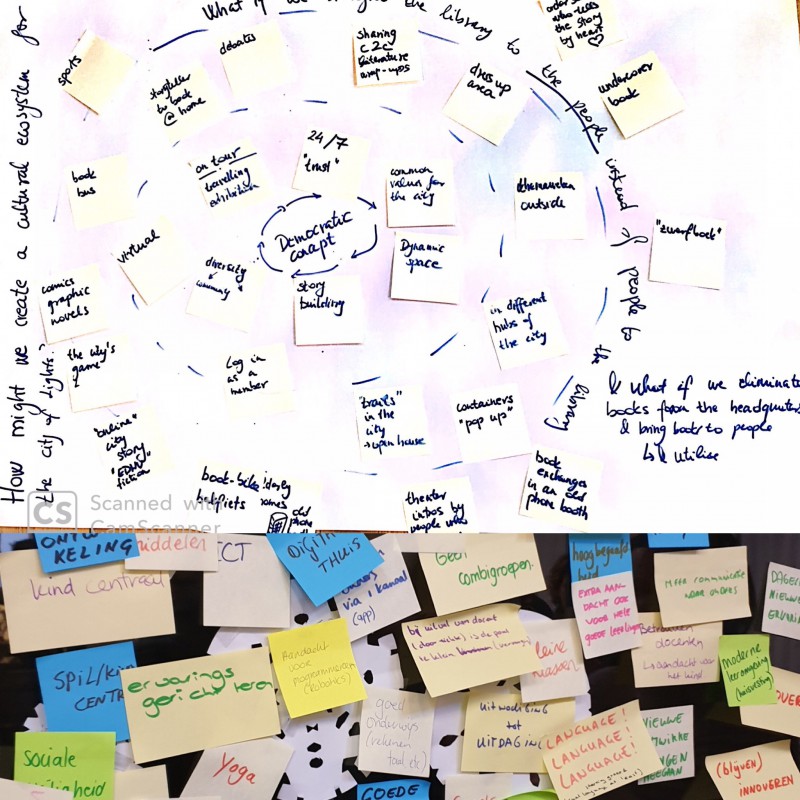Being creative and coming up with inspiring, cool, revolutionary ideas might not be difficult for many of us. But what if those brilliant ideas just do not come when you need them most? Or what if you do not even consider yourself as creative? And how do you actually make sure you do not only make use of the ideas that seem quite logical for your context but really challenge yourself - and your environment?
What I discovered that many people with the best education, great academic background all seem to find this quite challenging. If you are educated to be analytical, to search for evidence and not to believe everything that has been said out there, there might be a risk that you intuitively refuse to come up with ideas that might not fully be realistic or feasible. But not feasible, not realistic and not evidence-based ideas are often the ones that get you to a new mindset and a new perspective.
What is ideation? Ideation stands for the process of forming ideas. It is - or at least should be - a creative process. And as most of you know already, creativity is best when it is a group process.
It is quite important to make sure you dedicate sufficient time for this. Depending on the complexity of your challenge, think of at least 2 hours to 1 day.
Make sure you invite people that are diverse. Preferably also people outside your organization. They might trigger you because they come from different backgrounds, contexts which can be extremely stimulating.
Make sure the participants are not busy or can not be busy with daily routines. Checking quickly an email or having a chat with a colleague might not seem harmful but it is actually extremely harmful for a creative process. You need focus.
Ideation techniques you might want to consider
1, The world café method: a classic method that is often used for group discussions. You can use this method quite well especially when you have a large group and when you might need to solve more than 1 challenge at the same time. You divide people into groups. Each group receives a start question which is often directly derived from your framing. And is often a How might we.... question.
The participants remain silent for a few minutes. (usually after 5 or 10 minutes people are ready) They write down each idea that comes up in their mind on to separate post its. (you might also choose to let them work on a huge blank sheet of paper like A1). After that you ask everyone to stick their ideas on a huge blank sheet op paper or whiteboard. If you do not have any, use the wall, the window or even the floor. The first ideas come to the middle of the paper, preferably in a circle. Then you share the ideas with each other. A basic rule of the game: nobody is allowed to use the words: NO, YES BUT. Extermely harmful for this process. Warn each other and help each other. During sharing everyone has post its in their hands and when they get new ideas during the discussion they write these down. They go on until they have the feeling that no ideas are brought in. The new ideas get sticked on the poster in circles around the middle.
When the group is ready, one person stays at the paper or wall, the rest of the group leaves and joins another paper or wall. New people from another group join in. They do exactly the same round as the first group. Short briefing, new ideas in a new circle. After this second round, you can do a third round with a new group again.
Do at least 2 or 3 rounds depending on the size of your team.
2, Links to other brands or organizations
If you have a challenge related to customer experience, start with a short group brainstorm: which are organizations fully outside of your sector that are brilliant in designing and mastering the customer experience? Google? Amazon? Virgin? If you do not know, just Google for a few minutes. You might want to challenge yourself: if you work for the public sector, try to identify companies that are international and have nothing to do with your sector. If you are a company producing something try to identify NGO's or companies providing services. Look further than your well-known world.
If you have a list, try to brainstorm togehter what these companies do really well. Make a shortlist of factors. These will be critical succesfactors.
In the next phase try to formulate questions such as: If company X was us, how would they solve our challenge?
Look at the critical succes factors that you defined. Try to come up with ideas for these by applying the ideation rounds explained in the previous section.
If you are stuck, you are tired, you can always use energizers! I do not mean Red Bull... Energizers are short exercises that activate you and your mind. These are often very funny to do together and you will definitely enjoy with your team. In a next article I will share a few of these. My biggest inspiration for energizers is my colleague Annemieke who loves improvisation theater excercises and she introduced me to quite many of these. Fun and energy is guaranteed...


